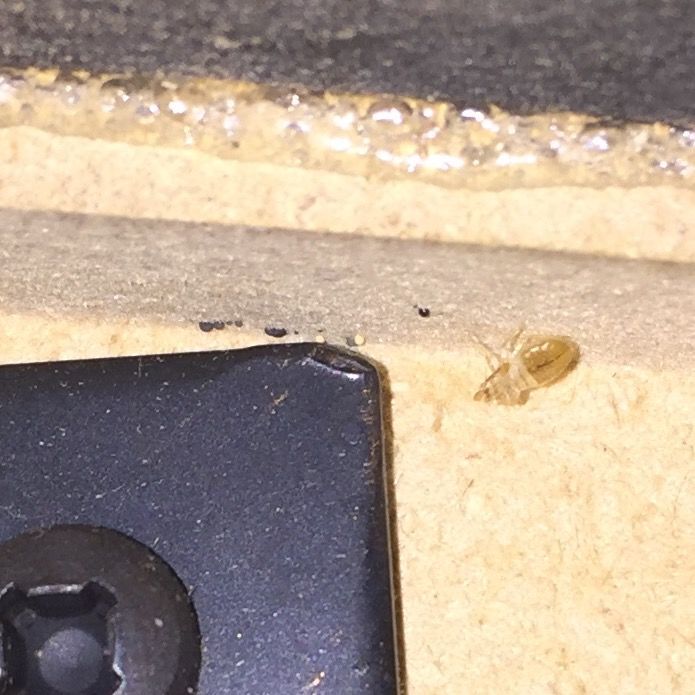Bed Bug Elimination
I THINK I HAVE BED BUGS. WHAT SHOULD I DO?
WHAT DO BED BUGS LOOK LIKE?
HAVE YOU SEEN EVIDENCE OF BED BUGS?
List of Services
-
BITESList Item 1
It is important to note that the most common reaction to a bed bug bite is no reaction at all! In some studies, up to 60% of people bitten by bed bugs exhibited no reaction. Sensitivity to bed bug bites is not related to reactions to other insect bites, general skin sensitivity or family traits. It is simply a matter of whether or not a person is sensitive to the proteins in bed bug saliva. So you might be being bitten and not have any indication.
On the other hand, some people do have a skin reaction to bed bug bites. Many people experience small, itchy, red bumps (like a mosquito bite). A tiny hole may be visible in the center of the bump. Bites may appear in a small line or cluster, but single marks are also common. Bed bugs often bite the face, arms, legs, torso… any place on the skin that is easily accessible while a person is at rest. Some people break out in a rash in the general area of the bites. This rash is sometimes mistaken for hives. In extremely rare cases, a person may have an anaphylactic reaction to bed bugs.
-
SPOTTINGList Item 2
If you are being bitten by bed bugs, you may notice small blood smears on your pillowcase or sheets. These stains may result when a person rolls over on a bed bug that has just bitten them. You may also find fecal spotting on mattresses, box springs, other furniture or even walls, windowsills and baseboards. These small, round black dots result from bed bugs excreting partially digested blood. On a porous surface like a mattress, the excretion will soak into the cloth, leaving a black spot with soft edges. On a non-porous surface like wood, metal, or a wall, the spot will be a small round bump. It will leave a rust-colored smear if wiped with a damp cloth.
-
EXOSKELETONSList Item 3
Exoskeletons may be found in furniture where bed bugs have been living and breeding. Nymphs go through five stages of growth, shedding their skin at the end of each stage. These exoskeletons, called exuviae, look identical to bed bugs, but are translucent and very lightweight.



